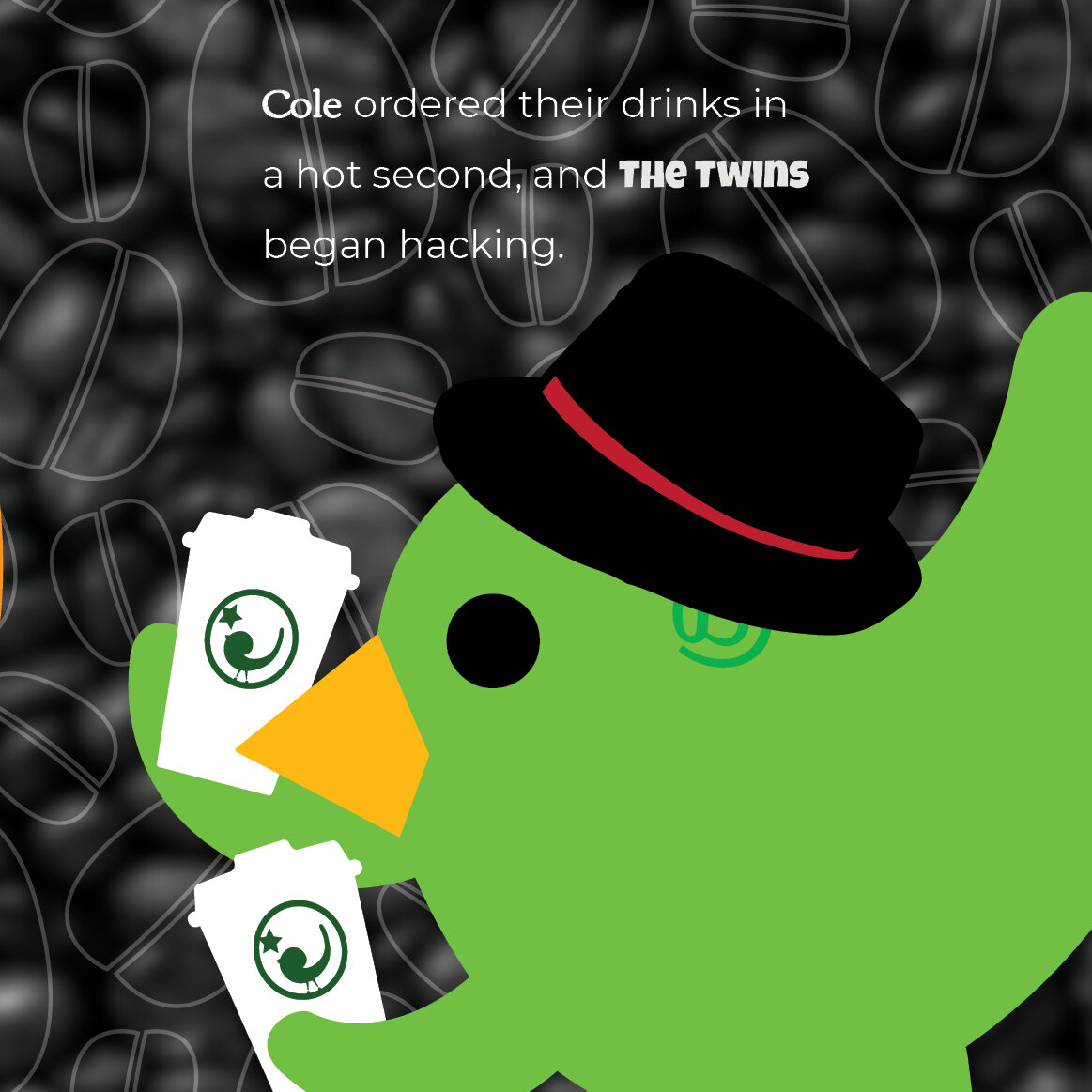Gabriel Casados
Extraordinary Circumstance:
Escobar Multiple Pterygium Syndrome
Book: The Good, The Bad and The Musicians
Words by Dallas Graham
Design & Illustration by Dylan Mazziotti
Photography by Jenelle Altamirano
Editing by Shirley Manning
Gabriel Casados (AKA Gabe the Babe) is one in a million, well, more specifically, one in a half a million. Gabe’s extraordinary circumstance is called Escobar multiple pterygium syndrome which is classified as a very rare syndrome that affects 1 in 500,000 people. This syndrome causes webbing of the skin around the joints, and fixed joint contractures in all of his joints. He also has scoliosis, a displaced hip, and restrictive lung disease, which, among other things, causes him to have a very soft voice. But don’t let the soft voice fool you, he is small but mighty and wants the world to know that being different is normal and that each and every one of us matter regardless of how different we are. He loves any kind of animal, reading, playing video games, skiing, and hanging out with his older brother, sister, his dog Odie, and his friends. He has big aspirations for his future; he wants to become a veterinarian during the week, a stand-up comic on the weekends, and an award-winning author as a hobby. Gabe is an extraordinary person, who manages each hurdle with a tenacious spirit. He makes each day better just by being himself. He always has a quick joke, or offers a hand to be held if needed–anything to make your day better. He is simply amazing – a true hero - and we are blessed to have him!
Read his book.
Copyright © 2020 by Dallas Graham. All rights reserved. No part of this book may be reproduced in any form by any electronic or mechanical means, including photocopying, recording, or information storage and retrieval without permission in writing from the copyright holder.
Learn more about
Escobar Multiple Pterygium Syndrome
Escobar multiple pterygium syndrome (EMPS) is a rare genetic disorder that causes skin webbing that affects several different parts of the body. The syndrome also makes it hard for muscles to move. The disease is linked to mutations that are usually passed down from parents.
The main symptom of EMPS is webbing, in which extra skin appears between different parts of the body. This can make it hard to move around. This webbing can impact the neck, knees, elbows, and fingers. Other symptoms caused by this syndrome include joint stiffness, distinctive facial features, sideways curve of the spine.
Unfortunately, there is no cure or disease-altering treatment for EMPS; and treatment methods are limited to relieving the effects of the disease, such as physical therapy, the release of stiffness, and orthopedics to straighten the spine. There is an urgent need for more effective treatments for EMPS.
While there is not a whole lot of info out there about EMPS, here are some resources that can help:
www.orpha.net/data/patho/Ans/en/AutosomalRecessiveMultiplePterygiumSyndrome_GB_en_ANS_ORPHA2990.pdf
www.rarediseases.info.nih.gov/diseases/7111/multiple-pterygium-syndrome-escobar-type
RED FRED PROJECT WOULD LIKE TO THANK OUR FRIENDS AT PATIENT WORTHY FOR THEIR RESEARCH AND PARTICIPATION IN SHARING THIS VERY IMPORTANT INFORMATION, REGARDING THIS EXTRAORDINARY CIRCUMSTANCE. YOU CAN LEARN MORE ABOUT THEIR WORK AT PATIENTWORTHY.COM.



































